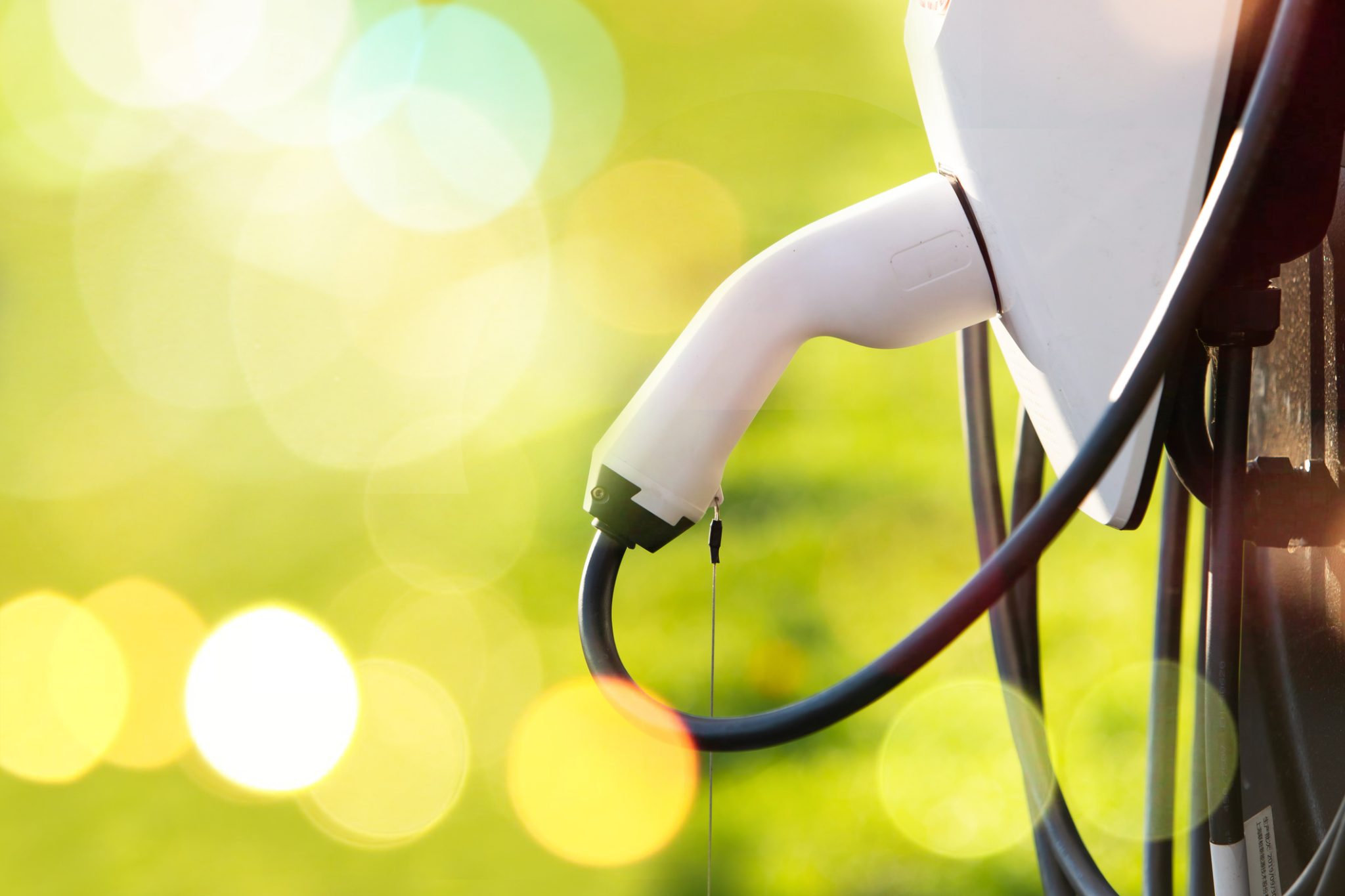At some point in your life, you will find yourself in an electric car… it’s inevitable. You may even own one already. With the 2030 regulations coming into force, it makes sense to adopt now, whilst some grants are in place to help cover the cost of installing home charging points.
The dilemma is, do you go electric for the short distances in and around the neighbourhood and only charge at home where cost is low and availability is guaranteed? Or, do you invest in a larger battery car (read ‘more expensive’), with greater range, to go long distances where the savings (both in your pocket and for the environment) should be more profound? As it stands, the fast or rapid charging infrastructure is notoriously ‘unpredictable’ at best. Even if you’re not immersed in the world of electric yet, you’ll have seen the headlines.
If you are going any distance in an EV, you need to plan your journey. It’s another factor to add to the mix. Time isn’t your only consideration now… distance is too. Of course, you can use apps to calculate how far you can get before you need to stop ‘for a coffee and to catch up on some emails’ whilst your car charges on a rapid charger. But in reality, you’re wondering if your planned charger will be available, will it be working and which network provider will it be, asking you to sign up for yet another app.

In reality, there are three different types of chargers. The home charger, which is your cheapest and most accessible option which is where you should charge as often as possible. The rapid or fast charger, which you use to get from A to B; high turnover, short, sharp top up to get you back on your way.
And then there’s the ‘destination charger’. This is normally at the point of destination, be it a car park, golf club, hotel or spa and is available to use for the duration of your stay. As these don’t tend to be fast or rapid chargers, they carry no penalty for ‘over-staying’ and tend to be slower charging, which is better for the power ‘grid’. So if you’re on holiday for a weekend looking for charge to keep you out and about, before heading back home, or having a round of golf or a trip to the cinema for a few hours, it’s destination charging you need.
Our favourite analogy is the family trip to the theme park. You may travel 3-4 hours to get there (having stopped at the rapid charger for a top up), spend the day on all the adrenaline pumping rides, only to get back to the car to realise the first thing you need to do on your way home, is find a charger. The kids are tired and full of sugar, you’ve clocked up 25,000 steps and now you’re on the hunt for a rapid charger that is working and available. Now, if the theme park were customer oriented and encouraging customers to arrive in their EV droves, they would have an army of destination charging points, charging your car, whilst you loop the loop.
Each charger has a role. Each charger has its cost. But only the destination charger fits in with your life.
Ends
WattifEV
Wattif EV AS (Wattif) is an end-to-end provider and a full service offering for EV charging. It is a Norwegian-infrastructure company with a global market arena, located in Høyanger and Bergen. The company currently has around 70 associates and is fast growing. The CEO is Robert Svendsen and the Chairman is Bård Mikkelsen.
For more information, contact postno@wattif.no
